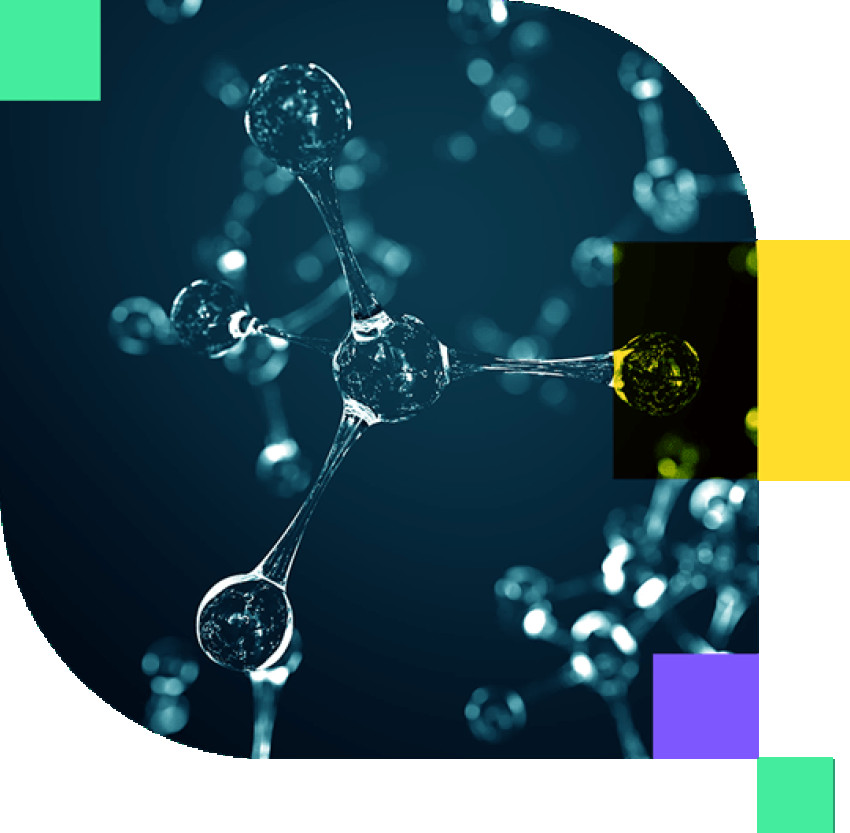
Small molecule bioanalysis has undergone transformative advancements, propelling the field into a precision paradigm that redefines the way we approach drug development, personalized medicine, and therapeutic interventions. In this blog post, we explore the cutting-edge innovations that have shaped this precision paradigm, revolutionizing small molecule bioanalysis.
The Evolving Landscape of Small Molecule Bioanalysis
Advancements in small molecule bioanalysis have been fueled by technological breakthroughs, analytical techniques, and a deeper understanding of molecular interactions. The precision paradigm is characterized by a shift from traditional methods to more sophisticated approaches that enable researchers to delve into the intricacies of molecular structures with unprecedented accuracy.
Unveiling the Power of Mass Spectrometry
Mass spectrometry, particularly Liquid Chromatography-Mass Spectrometry (LC-MS), has emerged as a powerhouse in small molecule bioanalysis. The precision and sensitivity of modern mass spectrometers allow for the detection and quantification of molecules at minute concentrations. This capability is instrumental in pharmacokinetic studies, where accurately measuring drug concentrations in biological samples is paramount.
Next-Generation Chromatography Techniques
Chromatography techniques, such as High-Performance Liquid Chromatography (HPLC) and Ultra-High-Performance Liquid Chromatography (UHPLC), have witnessed remarkable advancements. These techniques offer enhanced resolution, shorter analysis times, and improved peak shapes, contributing to the precision of small molecule separations. Researchers can now achieve higher throughput without compromising on data quality.
Strategic Sample Preparation Strategies
Precision in small molecule bioanalysis starts at the sample preparation stage. Innovative extraction and purification methods minimize matrix effects, reduce interference, and ensure the reliability of results. Techniques like solid-phase microextraction and microsampling have revolutionized sample preparation, allowing for the analysis of small volumes with minimal impact on study participants.
Integration of Automation for Consistency
The precision paradigm embraces automation to enhance consistency and reproducibility in small molecule bioanalysis. Automated sample handling, preparation, and data analysis streamline workflows, reducing the risk of human error. By adopting automated processes, laboratories can achieve higher throughput while maintaining the precision required for accurate bioanalysis.
Navigating Challenges in Quantification
Quantifying small molecules accurately, especially in complex biological matrices, has been a historic challenge. However, recent advancements in quantification strategies, such as the use of stable isotope-labeled internal standards and matrix-matching calibration standards, have significantly improved accuracy. These strategies mitigate matrix effects, ensuring that bioanalytical methods deliver precise and reliable results.
Applications in Personalized Medicine
The precision paradigm in small molecule bioanalysis aligns seamlessly with the principles of personalized medicine. By precisely measuring drug concentrations in individual patients, healthcare providers can tailor treatment regimens to achieve optimal therapeutic outcomes. This patient-centric approach minimizes the risk of adverse effects and maximizes the efficacy of pharmaceutical interventions.
Future Directions and Implications
As we navigate further into the precision paradigm of small molecule bioanalysis, the implications for drug development, clinical research, and personalized medicine are profound. Researchers anticipate continued innovations in analytical instrumentation, data processing algorithms, and interdisciplinary collaborations that will further elevate the precision and reliability of small molecule bioanalysis.
Closing Thoughts
Precision in small molecule bioanalysis is no longer a goal but a reality shaped by continuous innovation. The precision paradigm has opened new avenues for understanding drug dynamics, unraveling molecular complexities, and ultimately delivering safer and more effective therapies. As technology continues to evolve, so too will the precision and depth of our insights into the intricate world of small molecule bioanalysis. This paradigm shift is not just a milestone but a continuous journey towards refining the tools and techniques that drive advancements in pharmaceutical research and healthcare.




